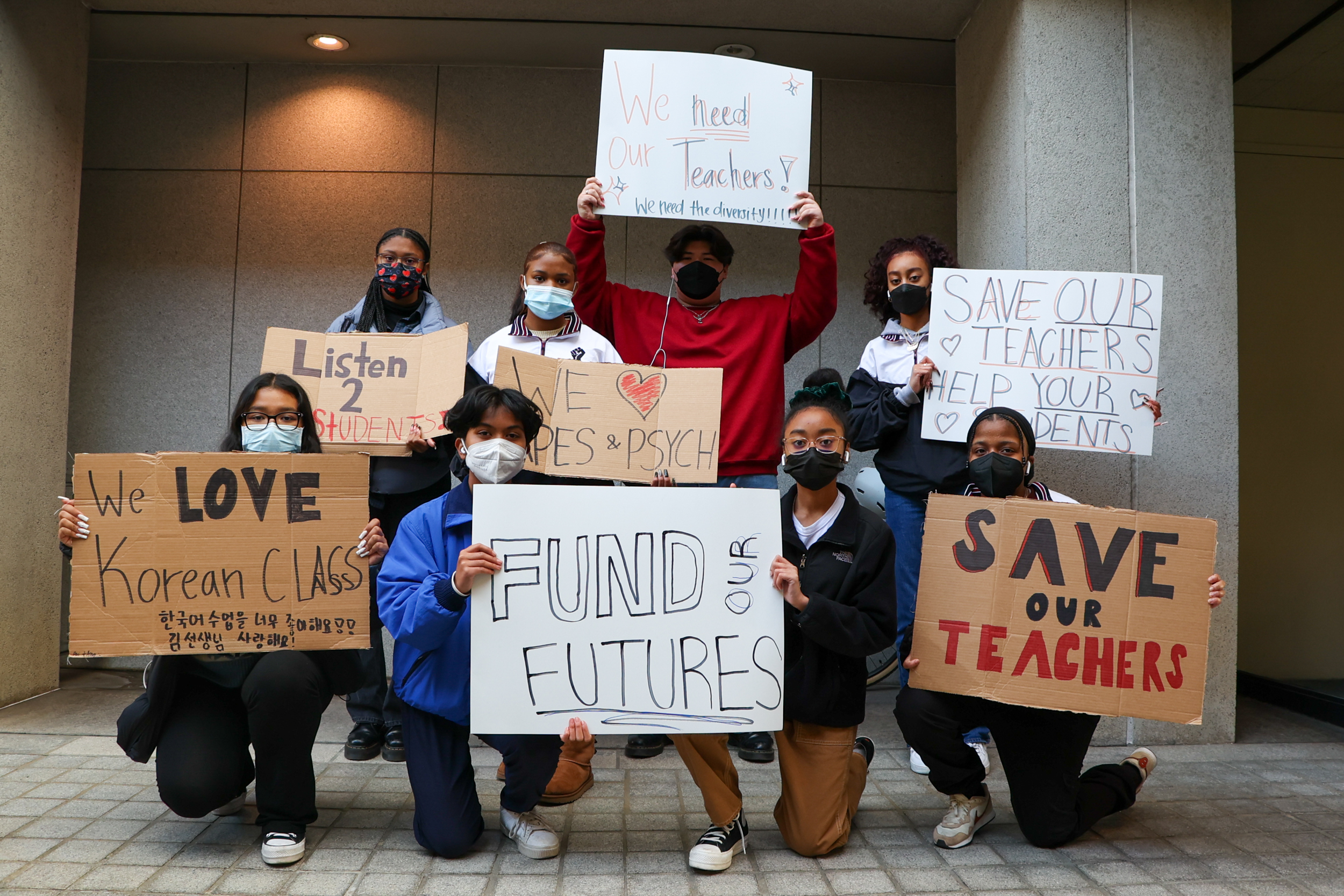A new report from the state finds San Francisco public schools are at a high risk of fiscal disaster.
The report from California’s Fiscal Crisis and Management Assistance Team, published online ahead of Tuesday’s Board of Education meeting, calls out the city’s public school district’s deficit spending, budgeting process issues and low reserves as red flags.
The biggest concern highlighted by the report is the district’s budget planning process or lack thereof. The fiscal team found that the district has not updated its budget throughout the year to explain differences between financial reports and actual revenues and expenditures, uses inaccurate employee costs and does not plan its budget for several years out.
The report found that the district spends almost 94% of its budget on salaries—well above the state average of 88%, including $37 million in post-employment benefits just this year. Meanwhile, its reserves hover just over the state-mandated 2% and rely on massive cuts that have yet to be finalized.
The report comes as the district faces a $125 million budget hole this year and the threat of state takeover if it fails to make enough cuts to secure a solvent future.
State fiscal experts are set to present their findings at tomorrow’s Board of Education meeting.
Altogether, the district received a 38% on its scorecard, putting it in the “moderate risk” category, but according to a note in the report, budget and fiscal status concerns pushed the district into “high risk.”
The report criticized the school district’s reliance on one-time funding to plug budget holes, saying it should be planning farther in advance and using more reliable funding streams.
Other areas of concern included in the report are the district’s miscalculations for per-student funding, its failure to account for cost of living adjustments, its declining enrollment and its lack of a long-range facilities master plan, lack of fraud detection controls, budget training for board members and any internal auditing process.
The reality of the district’s budget crisis will become clearer come May, when Gov. Gavin Newsom releases the state’s latest budget draft, and in June when the state budget is finalized.
